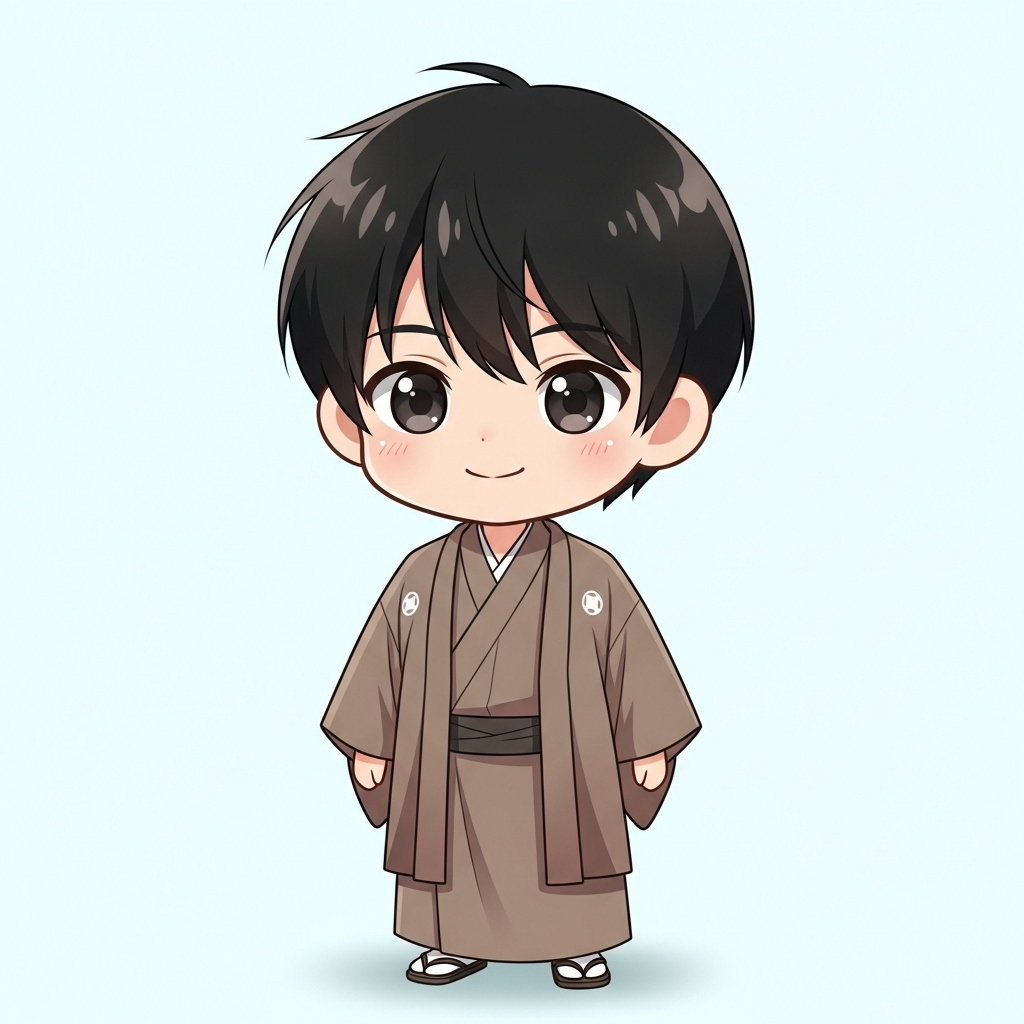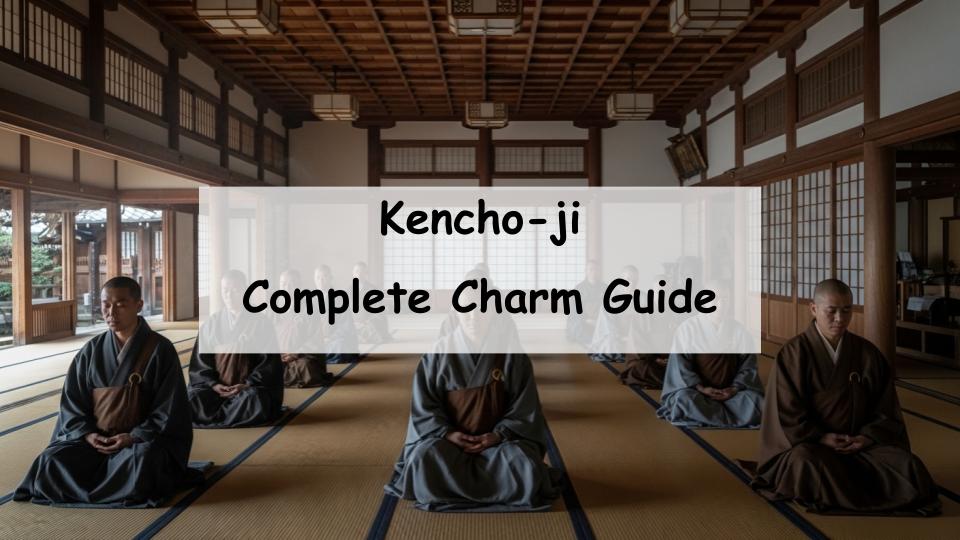If you want to learn more about Kencho-ji Temple or wonder, “What are the main attractions?” or “How can I access it?”, you are not alone. In short, Kencho-ji is a leading head temple of the Rinzai Zen sect located in Kamakura. It is a popular sightseeing spot known for its historically valuable architecture and beautiful gardens. This article provides a comprehensive guide covering Kencho-ji’s history, sect characteristics, key highlights, seasonal attractions, access information, and nearby spots. Even first-time visitors will find this guide easy to understand and helpful, so please read on until the end.
What is Kencho-ji? History and Basic Information
The Founding and Origins of Kencho-ji
Kencho-ji was established in 1253 by Hojo Tokiyori, the fifth regent of the Kamakura shogunate. It is recognized as the first Zen temple in Japan and serves as the head temple of the Kencho-ji branch of the Rinzai sect. Situated at the heart of Kamakura’s political and cultural scene during its time, Kencho-ji has a rich and significant history.
Kencho-ji’s Role as a Head Temple of the Rinzai Sect
As an important center for the Rinzai Zen tradition in Japan, Kencho-ji continues to uphold the spirit of Zen practice. It functions not only as a place of worship but also as a training ground for meditation and Zen study, attracting many visitors and practitioners from Japan and abroad.
Important Cultural Properties and Architectural Style of Kencho-ji
The temple grounds feature several buildings designated as Important Cultural Properties, including the Sanmon Gate and the Dharma Hall. These structures exemplify Kamakura-period architectural style and symbolize the prestige of this Zen temple.
Detailed Introduction to Kencho-ji’s Attractions
Historic Buildings: The Sanmon Gate and Dharma Hall
The Sanmon Gate, with its massive beams and intricate carvings, serves as an impressive entrance to the temple grounds. The Dharma Hall is used for meditation sessions and features beautiful ceiling paintings and traditional design that captivates visitors.
Beautiful Gardens and Seasonal Scenery
Kencho-ji’s gardens change with the seasons, showcasing cherry blossoms in spring and vibrant autumn foliage. The harmonious blend of nature and architecture offers visitors a serene and healing atmosphere.
Zen Meditation Experience and Training Programs
Kencho-ji offers meditation sessions suitable for beginners, allowing visitors to experience Zen firsthand. It also provides structured training programs for those interested in deeper study of Zen practices.
Cultural Assets and Art at Kencho-ji
Important Cultural Properties: Statues and Fusuma Paintings
The temple houses numerous Buddhist statues and fusuma (sliding door) paintings, some of which are nationally designated cultural properties. These works reflect the depth of Kencho-ji’s religious and artistic heritage.
Traditional Crafts and Exhibits on the Temple Grounds
Exhibition spaces within Kencho-ji display traditional crafts and Buddhist art, offering visitors a chance to appreciate cultural artifacts connected to Zen Buddhism.
Books and Historical Documents Held by Kencho-ji
Kencho-ji preserves many ancient texts and historical documents related to Zen teachings, serving as a valuable resource for scholars and enthusiasts alike.
Annual Events and Seasonal Experiences at Kencho-ji
Spring Flower Festival and Autumn Foliage Season
During the spring flower festival, the temple grounds burst with vibrant blooms attracting numerous visitors. In autumn, Kencho-ji is renowned for its breathtaking fall colors, making it a popular destination.
Meditation and Sutra Copying Events
Throughout the year, Kencho-ji hosts meditation sessions and sutra-copying workshops that allow participants to engage deeply with Zen traditions, welcoming all levels from beginners to advanced practitioners.
Special Ceremonies: Setsubun Festival and New Year’s Services
The Setsubun Festival involves rituals for warding off evil, while the year-end and New Year services mark important spiritual occasions cherished by the local community.
Access to Kencho-ji and Nearby Attractions
Getting There by Train and Bus
Kencho-ji is conveniently accessible by bus from Kamakura Station or Kita-Kamakura Station, taking about 10 minutes. Public transport offers the easiest way to reach the temple.
Driving and Parking Information
For visitors coming by car, several paid parking lots are available near the temple, but they can fill up quickly during weekends and peak seasons, so early arrival is advised.
Nearby Tourist Spots and Recommended Routes
Close to Kencho-ji are famous sites such as Tsurugaoka Hachimangu Shrine and the Great Buddha of Kamakura. Planning a route that includes these spots will enrich your Kamakura sightseeing experience.
Tips and Useful Information for Visiting Kencho-ji
Visiting Hours, Admission Fees, and Holidays
Kencho-ji’s opening hours vary by season, so checking the official website before visiting is recommended. Admission fees apply, and holidays are limited but should also be confirmed in advance.
Etiquette and Important Notes Inside the Temple Grounds
Visitors should maintain silence during their visit and refrain from eating or smoking outside designated areas. Dressing respectfully is also encouraged.
Photography Spots and Rules
While photography is allowed in many parts of Kencho-ji, some areas such as around certain statues prohibit it. Observing these rules ensures a respectful visit for everyone.
A Message from the Guide

The Sanmon gate is incredibly striking. The ceiling of the Hōdō hall and the Buddha statues also left a lasting impression.











Comment